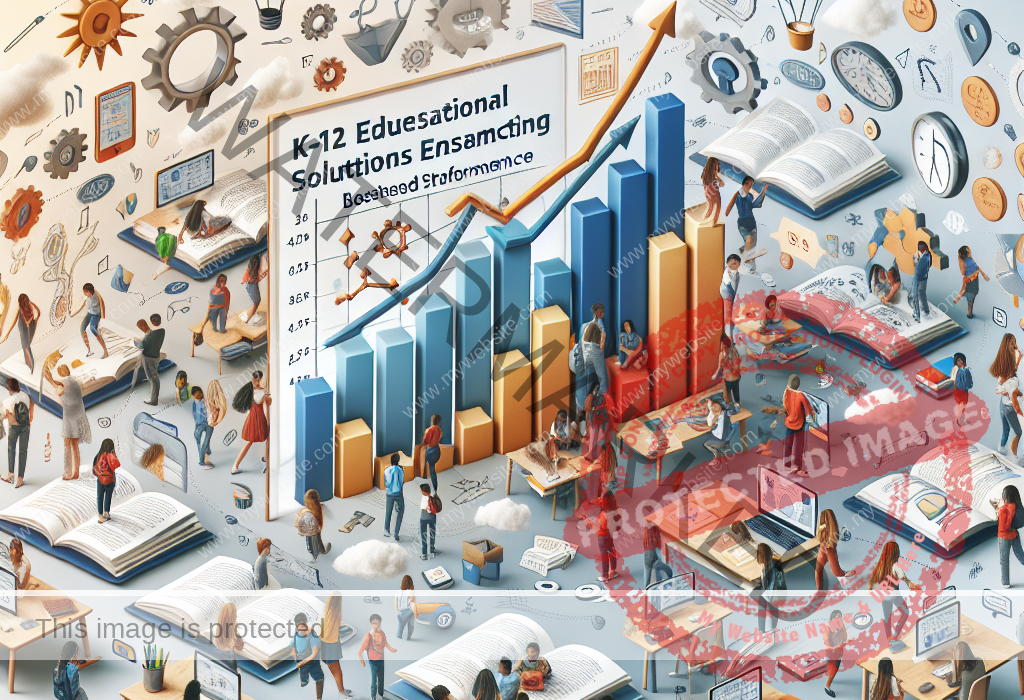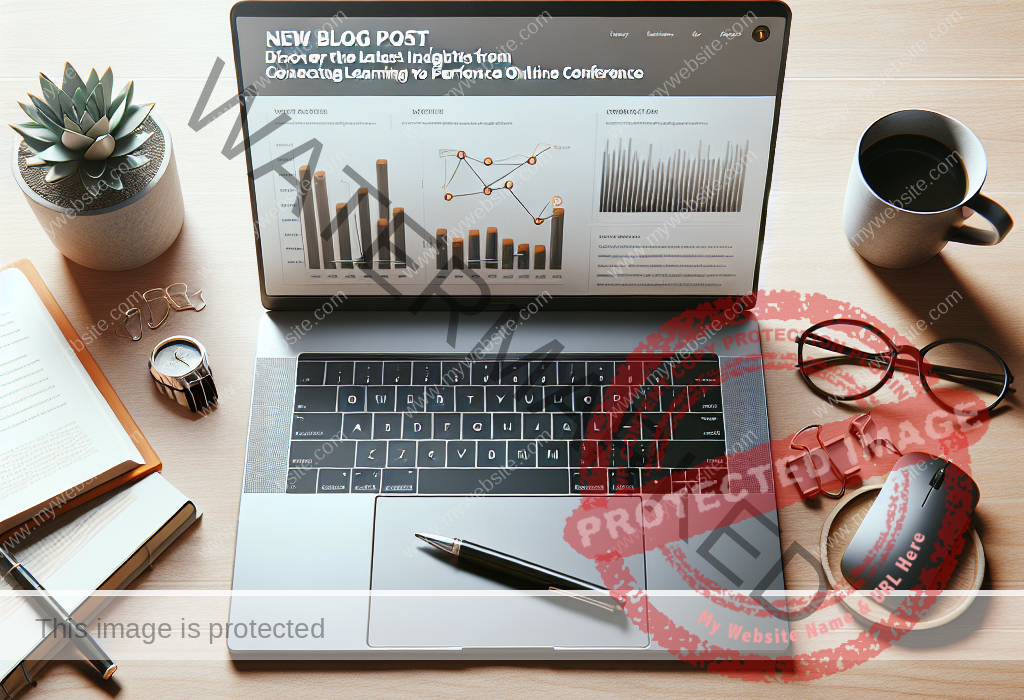Enhancing Employee Performance with Tailored Learning Programs
Reading Time: 2 minutesCustomized Learning Programs for Effective eLearning Development As an eLearning developer, it’s essential to move beyond generic training approaches and embrace personalized learning for employees. Tailored learning experiences are crucial for providing targeted skill development that enhances employee engagement, productivity, and retention rates. To create effective customized learning programs, eLearning developers should











